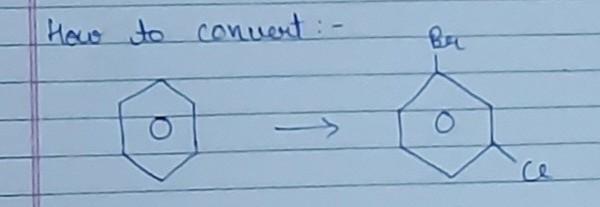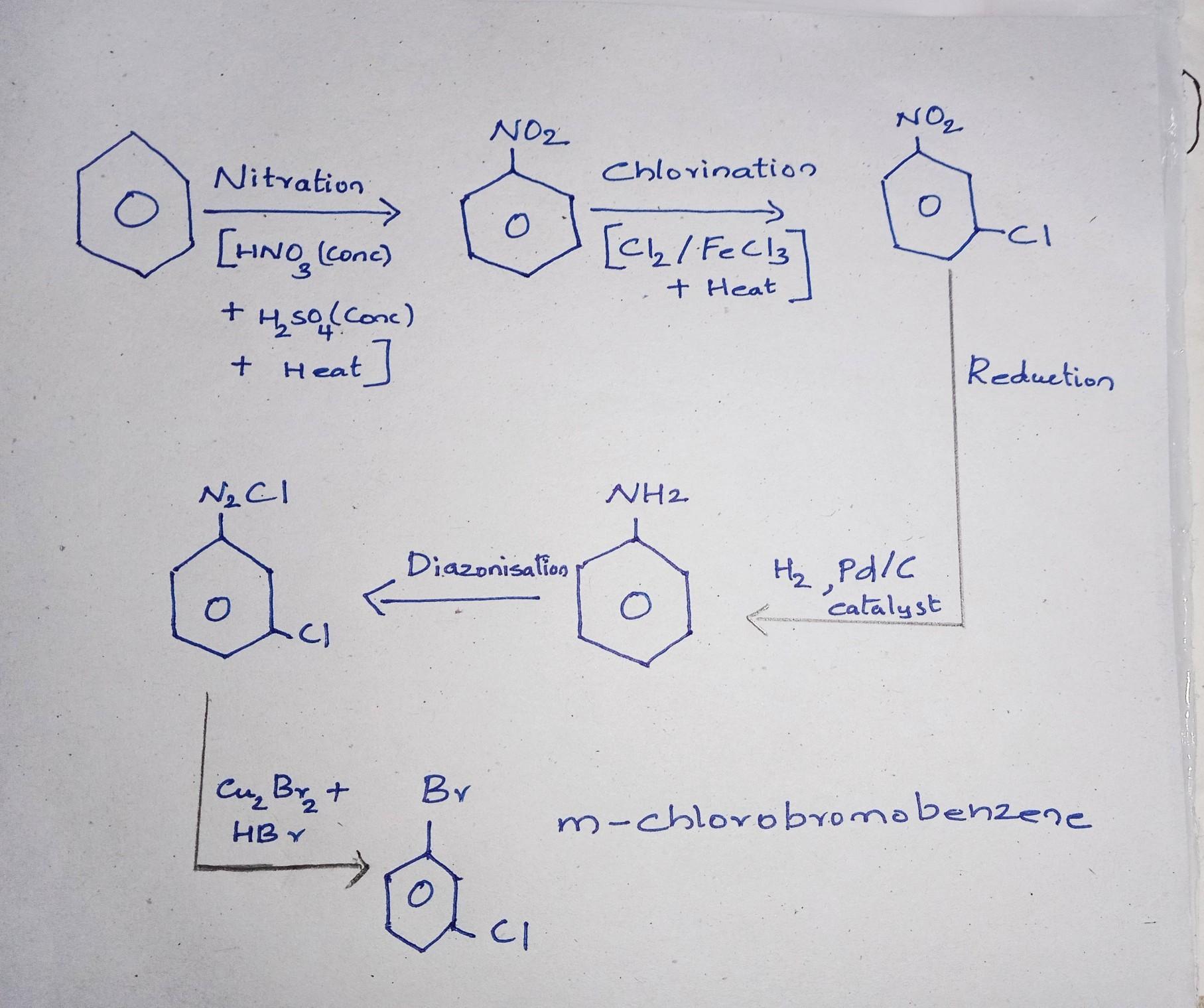How to convert: -Chemistry Question please answer it you will be genius if u answer this question

Answers 1
Answer is given in the attachment. Pls check the image to see full

-
Author:
jeffreyikzp
-
Rate an answer:
1
If you know the answer add it here!
Choose a language and a region
How much to ban the user?
1 hour
1 day
100 years
